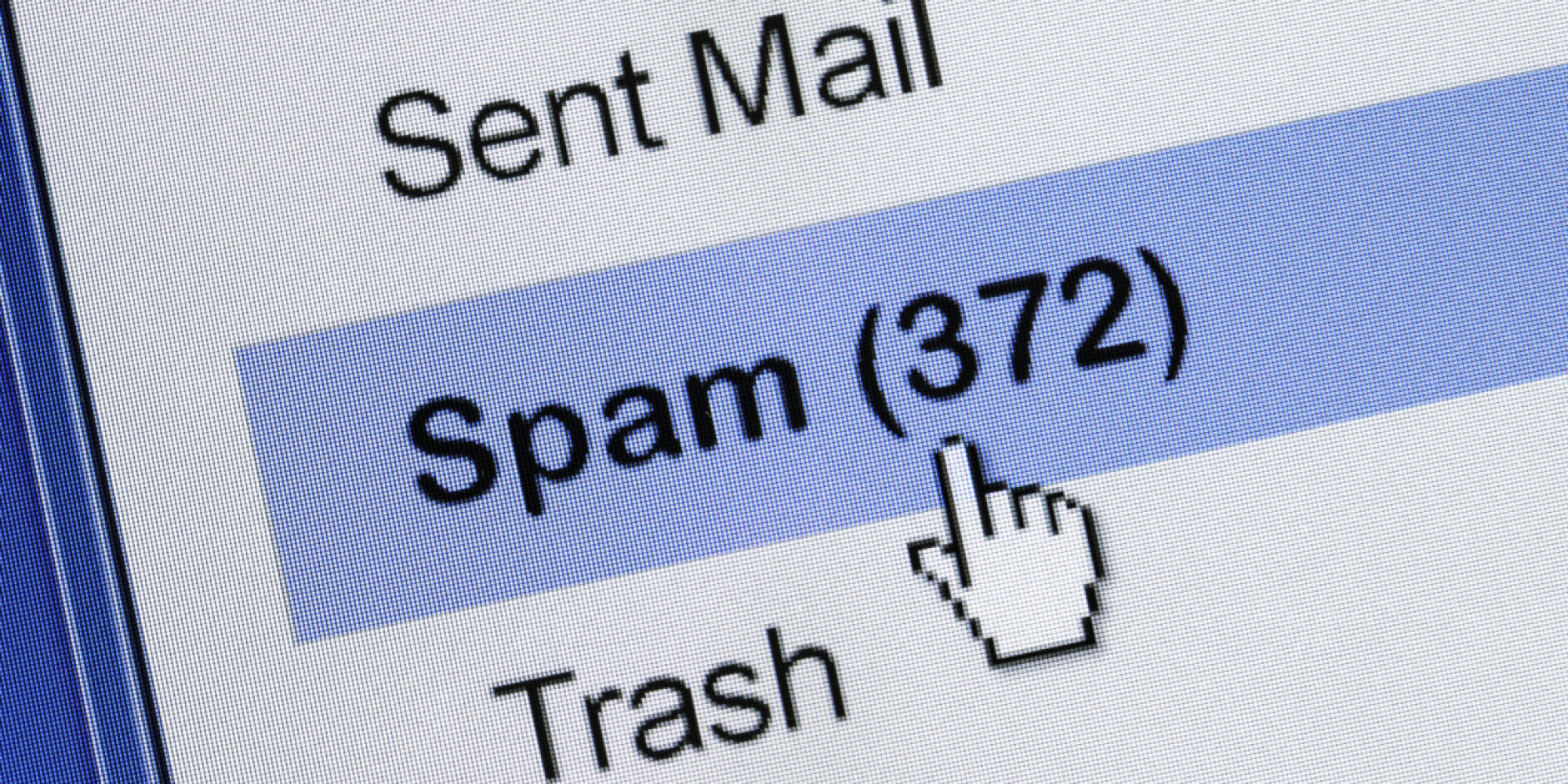In the digital age, it sometimes feels as if nothing is sacred, private, or out of the reach of pesky advertisers and solicitors, including our personal inboxes.
Various faculty members at St. Lawrence University were plagued by these irksome e-mails after an increase of spam in the weeks prior to mid-semester break. Spam is unwanted messages that are often sent for the purpose of advertising or getting the recipient to sign up for something. Since mid-semester break, SLU’s Information Technology department has implemented a new e-mail filter that has reduced the amount of spam on St. Lawrence e-mail accounts.
Dean of the First Year Program Jenny Hansen commented that several faculty members had been receiving an influx of spam. While she personally was not very affected, Hansen remarked that some of her colleagues experienced a significantly increased amount before mid-semester break. St. Lawrence students were not as affected, as Juan Huerta ’17 said he has received spam in the past, but it is not a common occurrence.
This increase in spam is not unique to SLU, says IT’s Student Services Coordinator Steve Millington. In fact, the number of spam e-mails globally has doubled in the past three months, according to Cisco’s SenderBase.org. This global surge occurred while SLU was still using an older spam filter, precipitating that increase in spam many faculty members experienced. Over mid-semester break in October, SLU switched from using “Forefront Protection for Exchange” to “Exchange Online Protection” to filter e-mails. Instead of filtering e-mails locally on SLU’s e-mail servers, e-mails now go through an external filter provided by Microsoft Exchange Online Protection, according to the Manager of Server Technology Rhett Thatcher. This change had an immediate effect in successfully reducing much of the irritating e-mails.
The effectiveness of the new filter was surprising even to IT. “We sort of thought it would be status quo and hoped it would be better, but it turned out better than expected” said Thatcher. He added that since the switch, they have received positive feedback reporting a reduction in spam, a testament to the filter’s effectiveness. While the shift between services was not a change IT took lightly, it seems to have significantly reduced SLU’S spam issues. “While the new service has worked so far, it is not a silver bullet,” said Thatcher. The new service is much more current than the previous one, but for it to remain effective, Microsoft will need to continue updating the service. It is also unclear if this change will help guard against phishing, added Thatcher, and students and faculty still need to be extremely careful in clicking on unfamiliar links and entering



